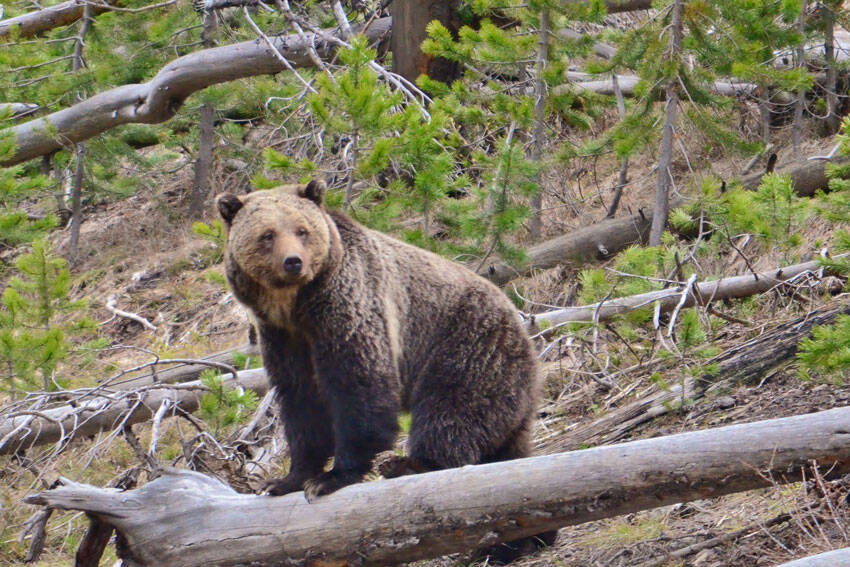WASHINGTON, D.C. – With the release of the Final Environmental Impact Statement (EIS) Federal agencies are one step closer to starting the process of gradually reintroducing grizzly bears to the North Cascades.
The National Park Service and U.S. Fish & Wildlife Service released a final EIS on March 21 that evaluates options to restore grizzly bears to the North Cascades ecosystem of Washington where they once roamed, according to a joint news release from the two agencies.
“Grizzly bears occupied the North Cascades for thousands of years as an essential part of the ecosystem, distributing native plant seeds and keeping other wildlife populations in balance. In the 20th century, humans nearly hunted them to extinction in the area. The last confirmed sighting of a grizzly bear in the U.S. portion of the North Cascades ecosystem was in 1996,” state the agencies.
The final EIS is not a decision to take a particular action but evaluates the impacts of several alternatives.
The document identifies the translocation of grizzly bears to the North Cascades from other ecosystems with an experimental population designation as the preferred alternative. If adopted, the experimental population designation, under section 10(j) of the Endangered Species Act, would provide land managers and communities with additional management tools that would not otherwise be available to manage a restored population.
In addition, the EIS also evaluates a ‘no action’ alternative and an alternative involving the translocation of grizzly bears under existing protections. The EIS analyzes all three alternatives based on a number of topics, including impacts to other wildlife, wilderness character, recreation, safety, socioeconomics, and ethnographic resources.
Agencies anticipate issuing a record of decision in the weeks ahead.
Congressman Dan Newhouse, who has voiced opposition to the reintroduction of the bears to the North Cascades, addressed the issue of the final EIS in a hearing held by the House Appropriations Subcommittee on Agriculture to hear Department of Agriculture Secretary Thomas Vilisack testify on the fiscal year 2025 agency budget request.
He asked Vilisack if the National Park Service or the U.S. Fish and Wildlife Service consulted with USDA as they finalized the EIS. He also asked if Vilisack if he knew if the two agencies had a plan for dealing with the crop loss and livestock depredation that Newhouse says is inevitable from reintroduction of the bears.
“As a farmer, I worry not only about the grizzlies destroying my crops, but for the safety and well-being farmers, families, farm employees and communities. This sentiment has been overwhelmingly amplified by constituents with many citing the cougar and wolf introductions that—to no surprise—have resulted in dead livestock and residents threatened,” said Newhouse. “It is clear that officials the Park Service and Fish and Wildlife know grizzlies can and probably will move out of the zone in which they plan to drop them in, yet rather than letting common sense prevail, they continue to push forward with this dangerous plan and my constituent’s voices have been shut out in favor of a pre-determined outcome.”
Environmental groups are applauding the idea of the reintroduction of the grizzly to Washington state and the North Cascades.
“The grizzly bear is a critical part of the ecological and cultural fabric of the North Cascades. They belong here. Without them, our wild areas are diminished, less diverse and sanitized. The narrative about Cascades grizzly bear recovery will take decades to unfold. But with science, education, and a little human tolerance, it can be one of the greatest conservation success stories of ours and future generations,” said Joe Scott, international program director for Conservation Northwest.
According to the two agencies involved, public feedback played a key role in the development of the final EIS. During the 45-day public comment period for the draft document in fall of 2023, over 12,000 public comments were received. In addition, hundreds of individuals provided input at public meetings across the region. Comments and questions were reviewed and incorporated into the EIS where appropriate.





